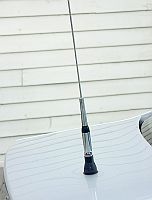
Universal NMO/PL-259/HF Stud Antenna Mounting System
Click this picture for large (approximately 1 MB) animated GIF image showing various HF/VHF/UHF antennas using the same mount.
Larsen NMO-HF-THK Mount
This setup is based on the very-high-strength Larsen
NMO-HF-THK mount installed through a heavily-reinforced 5/8-inch hole in the
center of the trunk lid. (Click thumbnail at left
for closeup view view of the Larsen NMO-HF-TK.)
This mount is machined out of stainless
steel, and is far stronger than the customary NMO mounts made of brass. It
designed for installation through surfaces up to almost an inch (2.5 cm)
thick instead of the thin sheet metal most NMO mounts are made for, allowing
for additional layers of material to be sandwiched under the sheet metal.
This mount inserts through a 5/8" hole (same punch used for SO-239 coax
sockets and 8-pin mic jacks) rather than the more common 7/8" hole used by
most NMO mounts. The mount has to be pushed up from below the surface, rather than dropped
in from above like the usual NMO. The fitting at the right is then screwed
on from above. The "wings" on the underside are then tightened with an
open-end wrench to pull the top fitting tight against the upper surface.
The mount grips and sandwiches far more sheet metal than the two claws of
the typical NMO mount.
[The "HF" in the model number refers to really high
frequencies; i.e. microwave. The contact pad on the top of the mount can be
pried off, exposing a miniature constant-impedance microwave coax connector.
Larsen offers several GPS, 1.9 GHz (PCS) and 2.4 GHz (WiFi) antennas that
can screw onto the mount and use this matched loss-loss connector. ]
Reinforcement added to the Larsen mount under the rear deck.
The large plate is an 6" by 10" piece of 1/8" aluminum
to spread the stress of the heavy mount over a larger area. The 8'-wide
aluminum flashing, running to the left, is used as a ground strap from the
trunk lid to the car body. Finally, a 3" square steel washer with a 5/8"
hole in it (that I just happened to find at a local hardware store)
completes the sandwich.
Homebrew NMO-to3/8-24 Stud Adapter
Small VHF/UHF antennas (and the Yaesu ATAS-100/120
"mini-screwdriver" HF antenna) can use the NMO mount directly, or with an
NMO-to-SO239 adapter. However, most HF antennas use mounts based on the
3/8'-24 threaded stud instead. The homebrew adapter below was developed to
allow these antennas to mate with the NMO mount.
|
NMO-to-SO239 |
PL-259 to 3/8ths (Bottom) |
PL-259 to 3/8ths (Top) |
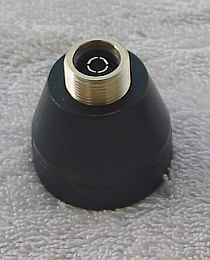 |
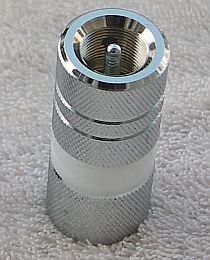 |
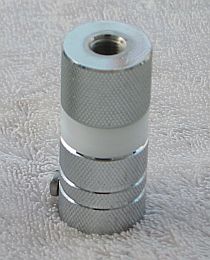 |
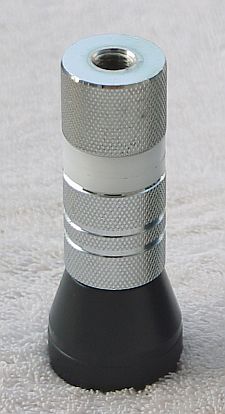
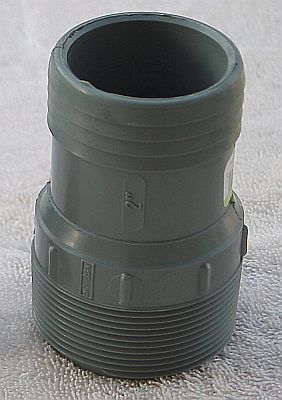
Incredibly, it's height was within a couple of millimeters of the combined adapter stack. The diameter at the top was 2 inches -- exactly the same diameter as the base of my W6HIQ "Hi-Q" HF screwdriver antenna. The bottom flared out to cover an area of sheet metal 2 1/2 inches in diameter.
I filed and sanded the top of the fitting until it was exactly the height of my adapter stack, inserted the adapter stack inside the pipe fitting, and poured liquid epoxy casting compound into the space between the two.
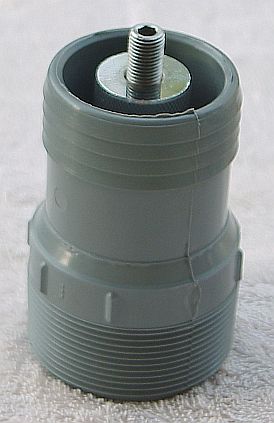
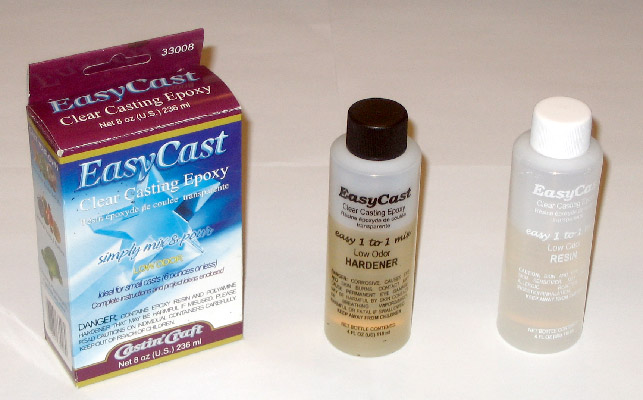
Conveniently, the casting epoxy was available in a small size at a local
arts & crafts store. (I had feared I would have to go to an industrial
plastics supplier and buy in gallon-sized containers.)
|
Top View Of Finished Adapter As Used With Screwdriver Ants. |
Adapter with Added Nipple for Hamsticks, CB Whips, Outbacker, etc |
Bottom View Showing NMO Fitting and Rubber Gasket. |
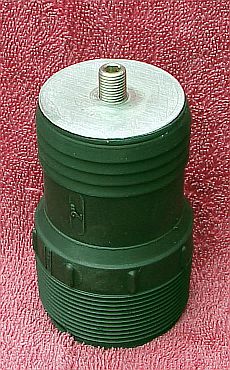 |
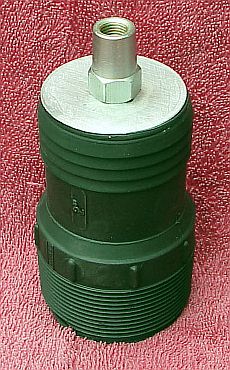 |
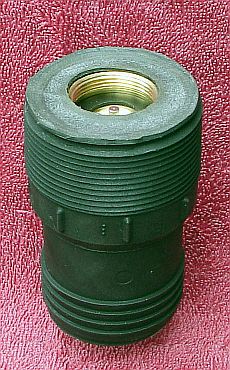 |
As of this writing, the antenna and adapter have survived over 5,000 mobile miles (8,000 Km), many at over 85 MPH (130 Km/H), including some rather severe wind buffeting and storms on the high plains of Nebraska and Colorado with no problems.

